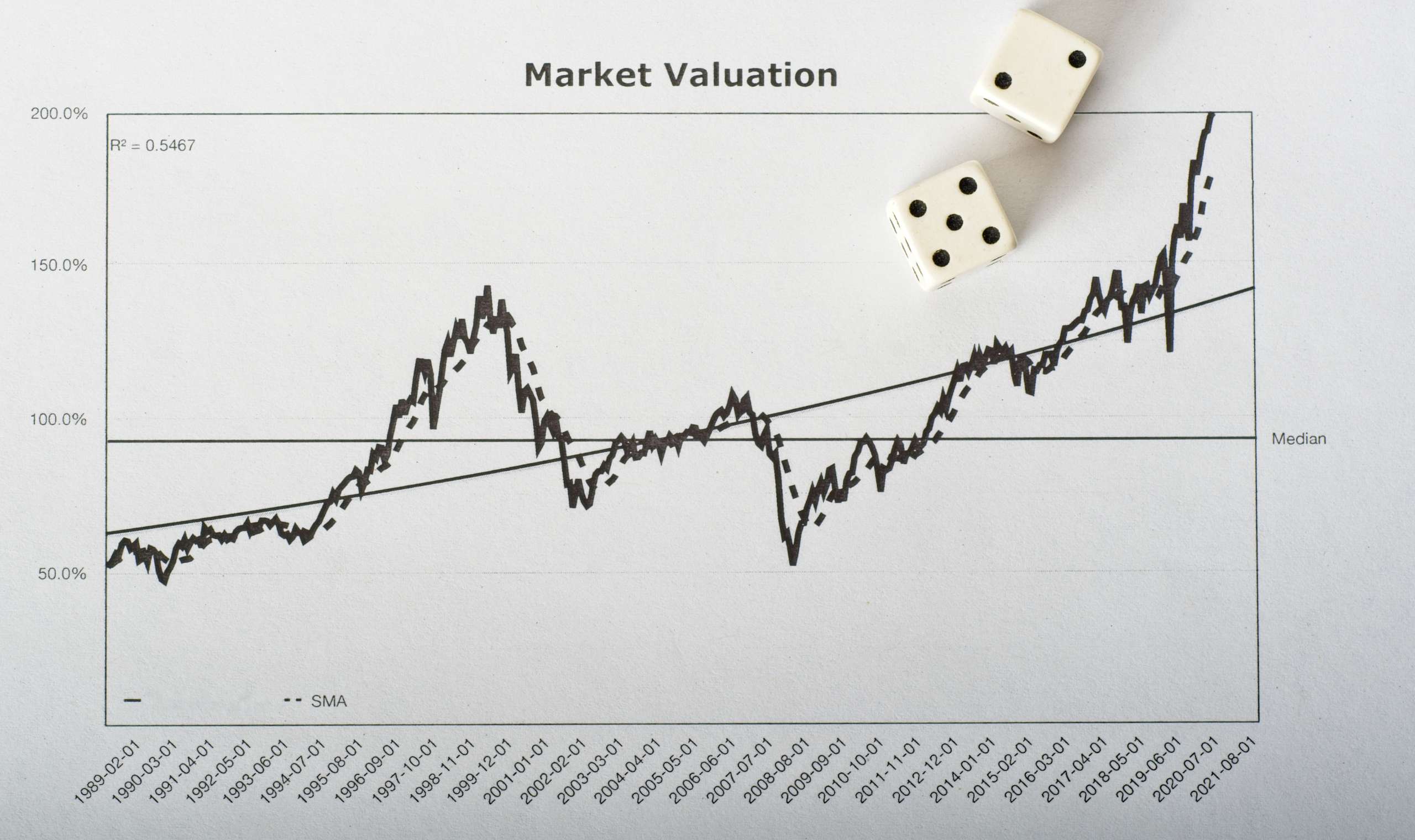In the bustling world of stock market investments, keeping track of the myriad fluctuations can be daunting for both seasoned investors and newcomers alike. However, the use of line charts offers a simplified, yet effective, method for understanding and tracking the movements of India’s stock market. This blog post will elucidate how line charts function as a straightforward tool for investors to monitor market trends, aiding in making informed decisions.
Understanding Line Charts
Understanding line charts is crucial for anyone looking to track the performance of India’s stock market. These charts offer a straightforward way to visualize data, making it easier to comprehend the complex world of stock market trends. Let’s delve deeper into the components and benefits of line charts, especially in the context of tracking the stock market.
Components of a Line Chart
- X-Axis (Horizontal Axis): In stock market line charts, the X-axis typically represents time. The period can range from minutes, days, weeks, months, to even years, depending on the investor’s focus. This flexibility allows investors to tailor the chart to their specific needs, whether they’re interested in short-term fluctuations or long-term trends.
- Y-Axis (Vertical Axis): The Y-axis denotes the price of the stock or index. It can show a range of values, and it’s important to note the scale used (linear or logarithmic) to better understand the chart’s representation of price movements.
- The Line: Connecting data points from left to right, the line represents the stock’s price movement over the specified period. Each point on the line corresponds to a closing price of the stock for the day (or another time period). The continuous nature of the line makes it easier to track the general movement of the stock over time.
Benefits of Using Line Charts for Stock Tracking
The benefits of using line charts for stock tracking are multifaceted, making them a preferred tool for investors and analysts alike. These charts, with their straightforward presentation, offer a visual snapshot of market movements and trends that are crucial for making informed investment decisions. Here’s a detailed exploration of the benefits line charts provide in the context of stock market tracking:
1. Clarity and Accessibility
- Simplicity: Line charts display price data in a way that is easy to understand, even for those with little to no experience in stock market analysis. By representing the price movements with a single line, they eliminate the potential clutter associated with more complex chart types, such as candlestick or bar charts.
- Immediate Trend Recognition: Investors can quickly discern the overall direction in which a stock or the market is heading. An upward trend in the line indicates price increases, while a downward trend signifies decreases, offering an immediate visual cue on performance.
2. Efficient Trend Analysis
- Long-term Trends: Line charts are particularly adept at showing long-term trends, providing a clear picture of how a stock’s price has evolved over months or years. This perspective is invaluable for investors focusing on long-term growth.
- Short-term Fluctuations: Although line charts are praised for their ability to highlight broader trends, they can also be adjusted to capture shorter time frames. This versatility allows traders to monitor short-term fluctuations and make quick decisions based on recent movements.
3. Comparative Analysis
- Multiple Stocks Comparison: By plotting multiple lines on the same chart, investors can compare the performance of different stocks or indices over the same period. This comparative analysis can highlight which stocks are outperforming or underperforming, aiding in portfolio diversification and risk management.
- Benchmarking Against Indices: Line charts make it easy to compare a stock’s performance against a benchmark index, such as the S&P 500 or Nifty 50. This comparison can reveal how a stock is performing relative to the broader market, providing insights into its relative strength or weakness.
4. Historical Context and Pattern Recognition
- Spotting Patterns: Historical data presented in line charts can help identify patterns and trends that may repeat under similar conditions. Recognizing patterns like support and resistance levels, or seasonal trends, can be pivotal in predicting future price movements.
- Performance Over Time: Evaluating a stock’s performance over different periods provides a context for its current price levels. Investors can assess whether a stock is trading at a historically high or low price, which can influence buying or selling decisions.
5. Integration with Other Analytical Tools
- Foundational for Further Analysis: While effective on their own, line charts can also serve as a foundation for more sophisticated analyses. Indicators and overlays, such as moving averages, Bollinger Bands, or Fibonacci retracements, can be added to line charts for deeper insights.
- Simplicity Meets Depth: The simplicity of line charts allows for a focus on price movements, which can be complemented by volume data, news events, or economic indicators for a comprehensive analysis. This blend of simplicity and depth ensures that investors have a well-rounded view of the market.
Read Also: Exploring India’s Top Stocks: An In-Depth Performance Analysis
Best Practices for Using Line Charts
Adopting best practices for using line charts can significantly enhance their utility in tracking India’s stock market. Here’s a detailed guide on how to effectively utilize line charts for stock analysis:
1. Selecting the Right Time Frame
The choice of time frame is fundamental in line chart analysis. It should align with your investment strategy and goals.
- Short-term Traders: For those focused on short-term trading, daily or even hourly charts can provide the necessary insight into minute-to-minute or day-to-day fluctuations.
- Long-term Investors: Investors with a long-term perspective might find monthly or yearly charts more useful, as these can highlight broader trends and patterns that develop over extended periods.
The key is to choose a time frame that not only suits your trading strategy but also helps you identify the trends and patterns most relevant to your investment decisions.
2. Identifying Patterns and Trends
Line charts are excellent for spotting trends and patterns in stock prices, which can indicate potential future movements.
- Uptrends: A series of higher highs and higher lows on the chart suggests an uptrend, indicating that it might be a good time to buy or hold the stock.
- Downtrends: Conversely, a pattern of lower highs and lower lows signifies a downtrend, potentially signaling a time to sell or short a stock.
- Sideways Trends: When the line chart shows little movement up or down and prices remain relatively stable, the stock is said to be in a sideways or horizontal trend, indicating a period of consolidation.
Understanding these trends can guide your trading decisions, helping you to enter and exit positions more strategically.
3. Combining with Other Analysis Tools
While line charts provide a clear view of price movements, they don’t offer the complete picture on their own. Combining them with other analysis tools can yield more comprehensive insights:
- Volume Indicators: Volume can confirm the strength of a trend. For instance, an uptrend accompanied by increasing volume can indicate strong buyer interest.
- Moving Averages: These can help smooth out price data over a specific period, making it easier to identify the direction of the trend.
- Technical Indicators: Indicators like the Relative Strength Index (RSI) or MACD (Moving Average Convergence Divergence) can provide additional signals about potential reversals or the continuation of trends.
4. Regular Monitoring and Updates
The stock market is dynamic, with new data and trends emerging constantly. Regularly updating and monitoring your line charts ensures that you’re making decisions based on the most current information.
- Set a Routine: Dedicate specific times for chart review, whether daily, weekly, or monthly, to stay updated with market movements.
- Stay Informed: Keep abreast of news and events that could impact the stock market, as these can often lead to sudden and significant price changes.
5. Keeping It Simple
One of the main advantages of line charts is their simplicity. While it can be tempting to add numerous indicators and analyses, this can sometimes lead to confusion rather than clarity.
- Focus on Key Indicators: Choose a few key indicators that you understand well and that have proven useful in your analysis. This approach keeps your analysis clear and focused.
- Avoid Overcomplication: Simplicity is key. A cluttered chart can obscure important trends and patterns rather than illuminate them.
Read Also: Indian Stock Market Insights: Sector-wise Examination
Conclusion
For anyone involved in the Indian stock market, understanding and using line charts can significantly enhance the investment decision-making process. With their simplicity and ability to convey complex information at a glance, line charts serve as an indispensable tool for tracking market trends and making informed investment choices. By incorporating line charts into your investment analysis, you can navigate the complexities of the stock market with greater confidence and clarity.















0 Comments